🍲 How to Make $1B Selling Convenience
I dread going to the grocery store. The endless chore of deciding what’s for dinner makes me long for the days when my only responsibility was cutting onions for my mom.
HelloFresh recognized this common problem faced by busy adults, tired of grocery shopping and meal planning— and created a solution.
While they weren’t the first meal kit delivery service, they quickly became the most popular. Today, HelloFresh dominates with 75% of the market share in the US and Europe.
So, what sets HelloFresh apart? What strategies do they use to achieve success? And how can you learn from their innovative business tactics?
Here’s what we got for ya:
💰 $1B Business Model
📈 DATA, D is for Domination
👿 Aggressive Marketing
Read time: 4 min 50 sec

💰 1B Business Model
We live in a world where efficiency is one of the most valuable commodities.
In my house, we have a rice maker, apple cutter, lemon squeezer, and even an empanada maker that just builds up dust. Sure I can cut my apples, but if I don’t have to, why would I?
When HelloFresh was released in Berlin in 2011, its mission was to change the way people eat.
But they aren’t the only ones with this mission. There is a war on convenience in the food industry between meal kit services, restaurants, pre-made meals, food delivery, and grocery delivery.
To compete, HelloFresh had to perfect these 3 things:
#1- Sourcing: HelloFresh boasts that it has fresher ingredients than grocery stores. A fresh ingredient that can take up to 21 days in a grocery store supply chain will only take a max of 8 days in transit to your home with HelloFresh.
HelloFresh cuts out the middlemen. Their products go straight from the farmer to the packaging center.
Not only does this strategy keep produce fresher, but it also helps HelloFresh control the price.
#2- Quality of Product: To get customers, HelloFresh can’t only be convenient, it has to be tasty too. That’s why they hire real chefs like Rachael Ray to curate meals and perfect the spices. There’s even a Reddit page dedicated to replicating their tasty spices.
#3- Convenience: This is arguably the most important factor. The main reason people join meal kits is to reduce grocery shopping, meal planning, and cooking time. Most HelloFresh recipes take 6 steps and are done in just 30 minutes.
By perfecting these three things, HelloFresh became a candidate for success. But what actually drove them to the top?

Bay Area Times is a visual-based newsletter on business and tech, with 250,000+ subscribers.
Sign up with one click.

📈 DATA, D is for Domination
Today, HelloFresh is the #1 meal kit service in the United States.
However, when they first entered the US market in 2013, they were the underdog. The meal kit service Blue Apron had a head start. It wasn’t until 2017 that HelloFresh finally surpassed Blue Apron.
What happened to Blue Apron?
It all lies in the data.
While Blue Apron struggles with data-driven personalization, data is HelloFresh’s most precious resource.
Offering more than 14,000 recipes, HelloFresh doesn’t leave things up for chance. It analyzes data from existing recipes, production costs, and customer satisfaction scores to create new recipes.
HelloFresh starts building your user profile when you sign up, asking you questions to personalize your plan.
If you choose the Meat & Veggie plan, you can still select meals from other plans like Quick & Easy. But your selection informs what meals you would be most interested in.
The more you use HelloFresh, the better they can predict your preferences. For example, if you always select a pasta dish, pasta will show up at the top of your list of options in the future.
After each week of recipes, you have the option to rate the recipes you cooked to train HelloFresh to your likes.
This is not the only way HelloFresh uses data to optimize business.
Data analysts study food consumption to know exactly how much food to send. Perfecting proportions eliminates food waste and unnecessary costs for both the company and the customer.

👿 Aggressive Marketing
Everyone who doesn’t live under a rock has heard of HelloFresh.
How? In 2023 alone, HelloFresh spent more than $1.5B on marketing.
With this budget, they can plaster their brand everywhere.
In psychology, there is something called the mere exposure effect. The more you see something, the more you will like it.
By putting HelloFresh ads on the subway, in your mailbox, and on your social media feed, HelloFresh forces interest.
They even paid Mindy Kaling from The Office to make a HelloFresh YouTube series.
Once they have your attention, HelloFresh hooks you with promotional offers that sound too good to be true.
When you first join, you feel like you are beating the system. It is normally $9.99 per meal. But with the promotions, you get even more bang for your buck.
Then, the longer you are a subscriber, the fewer promotions you will get. This is when a lot of people try to quit.
It’s the biggest problem HelloFresh faces: customer retention.
The truth is that nearly half of customers cancel after the first month.
With fewer promotions, the novelty starts to wear off and people realize they still have to go to the grocery store.
HelloFresh’s response to this problem is a little controversial.
It’s like entering a casino. Once you sign up, they try to suck you in and never let you leave.
And if you try to cancel, HelloFresh becomes an obsessed ex-boyfriend. They’ll contact you over and over again.
HelloFresh will offer you more discounts to get you to resubscribe.
So does this aggressive marketing work?
Surely a company with more than 6.5M active subscribers is doing something right.
Aggressive marketing is a proven way to boost brand recognition.
But maybe the line should be drawn after the client cancels and rejects your discount…



